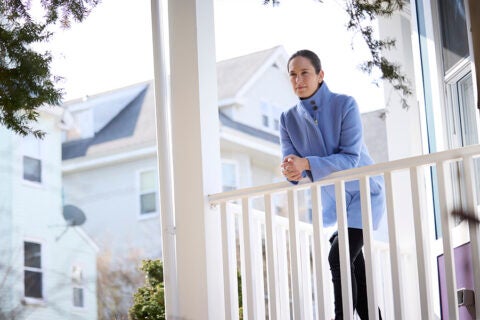Employees’ Views of H1N1

FIELD DATES April 21 – May 13, 2010
SELECT FINDINGS:
- Company measures to protect employees from illness – Most employees (81%) reported that their companies provided hand sanitizer, alcohol-based hand rub or hand-washing stations to reduce the spread of H1N1 at the workplace. A similar percentage (80%) said their companies encouraged employees to stay home from work if they were sick with flu-like symptoms. A majority of employees, 77%, said their company provided them with information about how to keep H1N1 flu from spreading between employees at the workplace.
- Other company measures in response to H1N1 outbreak – More than a third of employees reported that their company provided them with information about changes to leave policies that would make it easier for them to stay home from work because they were sick (42%), because a family member was sick (38%), or because their children’s school closed (36%). Similar percentages of employees reported that their company created a back-up system for someone to cover their work if they got sick (42%) or trained them to cover for someone else if they got sick or had to be absent due to H1N1 (36%).
- H1N1 vaccination – About one in five (21%) employees got the H1N1 vaccine, mirroring rates in the general population. But vaccination rates were significantly higher among employees whose companies encouraged them to get the vaccine than among employees whose companies did not do this (29% v. 9%).
- Preparedness for the H1N1 outbreak, future outbreaks – Most employees (81%) reported that their company was prepared for the H1N1 outbreak (44% “very prepared”, 37% “somewhat prepared”). Employees at large companies, with 500 or more employees, were more likely than employees at small companies, those with 20 to 99 employees, to say this (85% v. 73%). Half of all employees (50%) say that this outbreak of H1N1 has made their company more prepared for a possible future outbreak of a serious, contagious illness.
METHODS AND SAMPLE: Telephone poll conducted with a nationally representative sample of 1,491 respondents age 18 and older, who work at least 35 hours a week at a single primary workplace, excluding those who are self-employed, those working at companies with less than 20 employees, and those working in the fields of education, health, emergency care or first responder services, and government.
FOR MORE INFORMATION:



